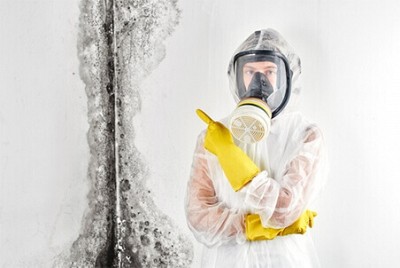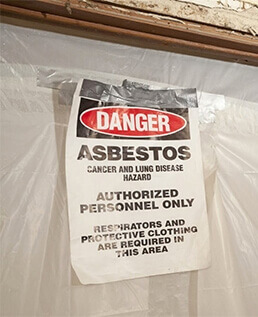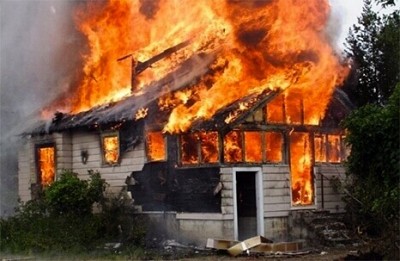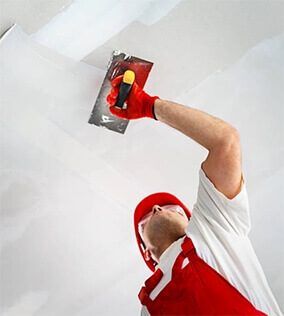What are some of the features of the asbestos inspection?
As the risk associated with asbestos inspection in Toronto increases from Type 1 to Type 3 operations, the procedures and protective measures involved in the process become stringent. The testing process or the survey is conducted by licensed and certified professionals. They can identify asbestos that needs to be removed. The steps involved are as follows:
Visual inspection of the property and its systems.
Examine the building foundation, air conditioning, heating, and ventilation systems.
Check the plumbing and electrical systems, bathroom fixtures, kitchen equipment, interiors, garage, and other relevant appliances.
Test samples to verify the presence of asbestos fibres.
Prepare detailed documents describing the property and attesting the presence or absence of asbestos.
There are different types of asbestos inspections, and the level of risk associated with each one determines the procedures and protective measures involved in the process. As the risk associated with asbestos inspection increases from Type 1 to Type 3 operations, the procedures and protective measures involved in the process become stringent. For example, while a Type 1 inspector may only be required to wear a disposable lab coat and gloves, a Type 3 inspector may be required to wear a full body suit, respirator, and face shield.
Type 1 asbestos inspections are the least risky, and involve looking for asbestos-containing materials (ACMs) in a building without disturbing them. Protective measures may include using a HEPA vacuum cleaner and disposable gloves. No sampling is required, and there is little risk to workers or occupants.
Type 2 asbestos inspections are riskier, as they involve disturbing the material in order to take a sample for testing. Protective measures may include full body protection including respirators and protective clothing. The inspector will generally enter the building and take a closer look at areas that are suspected of containing asbestos. There is still relatively low risk associated with a Type 2 inspection.
Type 3 asbestos inspections are the most risky, as they involve removing the material for testing. This can be very dangerous, as even a small amount of asbestos can cause serious health problems. Protective measures may include full body protection including respirators and protective clothing, as well as air monitoring and decontamination procedures. This type of inspection requires the most rigorous safety measures, as it can involve removing material for sampling. There is a significant risk to workers and occupants during a Type 3 inspection.







